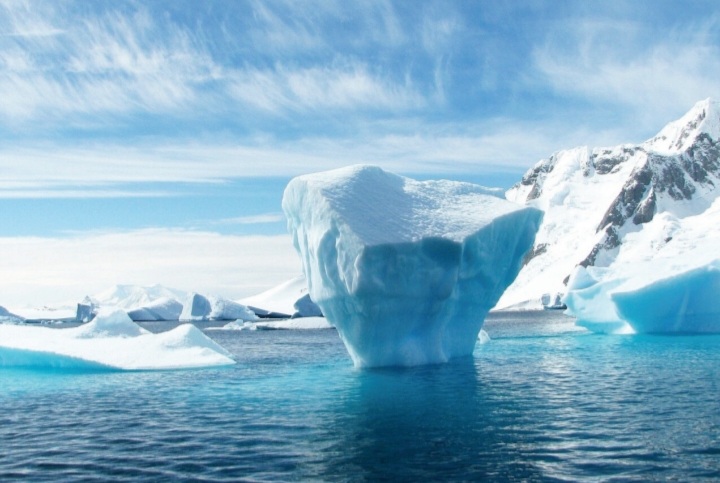US Scientists Seek 800,000-year-old Antarctic Ice For Climate Study

With glaciers and sea ice rapidly melting in the last decade, a team of scientists embarked on an expedition to Antarctica to investigate the most ancient ice, aiming to enhance understanding of climate change.
CBS reported that American scientists in Antarctica, collaborating with COLDEX – a federally funded initiative involving various American universities and science organizations — have ventured on this initiative.
They are conducting an expedition in Antarctica to locate and retrieve samples of the oldest ice ever found. Scientists said the ice cores contain vital information about past climates, particularly greenhouse gas levels and their impact on climate change.
“The information that we get, particularly from ice cores, is just so critical to our bedrock understanding of how Earth’s climate works,” stated Peter Neff, field research director for COLDEX.
The expedition spans seven weeks, during which the team camps on the ice and will collect ice samples. The aim is to extend the continuous ice core record beyond 800,000 years to 1.5 million years or even further.
“We don’t claim that by going back in time, we’re necessarily going to see something exactly like what we’re seeing now,” Ed Brook, the director of COLDEX, said. “What we’re looking for are all the different ways the system can behave when it’s warmer.”
The mission’s purpose is to understand better Earth’s climate and how it functioned in the past.
“The study of ice has shown us with extreme clarity what humans are doing to the Earth,” stated Brook.
According to CBS, scientists will collect ice cores by drilling deep into the ice to extract samples. These samples are then transported in climate-controlled packaging to prevent melting.
Once in the US, the cores will be studied in various university labs, including Princeton University, to analyze the trapped air bubbles for climate data.
“I still get like very trapped up in the idea of, like, this little bubble used to be part of the atmosphere 4 million years ago, and then it like kind of got trapped up in the ice sheet, and now it’s in New Jersey, and we’re measuring it,” said Sarah Shackleton, COLDEX field researcher.
Analyzing ice cores could help scientists comprehend the historical levels of greenhouse gases like carbon dioxide, providing insights into the planet’s climate changes and understanding current climate change.
